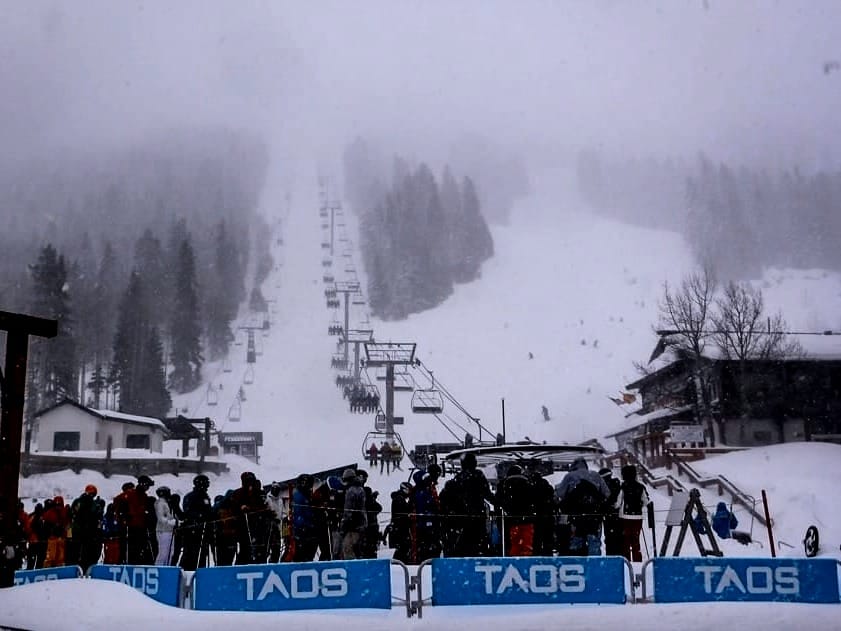BERN, Switzerland (AN) — Alpinism, named after the European mountain range where its climbing traditions took hold, won recognition on Wednesday from UNESCO as a celebrated pursuit with an "intangible" cultural heritage worthy of safeguarding.
The United Nations Educational, Scientific and Cultural Organization agreed to put alpinism on its global list of traditions that require urgent measures to keep alive. The protection was sought by Alpine communities in France, Italy and Switzerland with long mountain guiding traditions.









